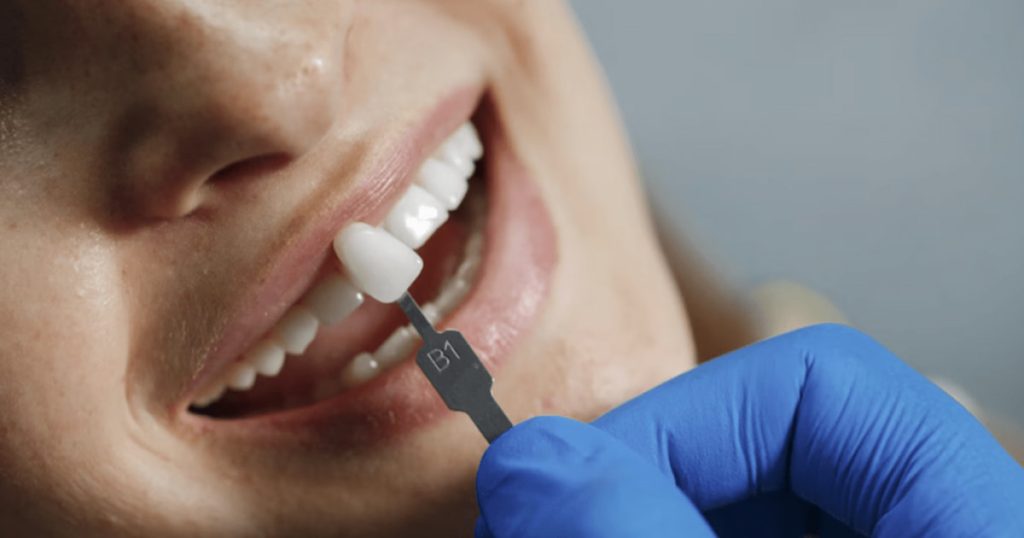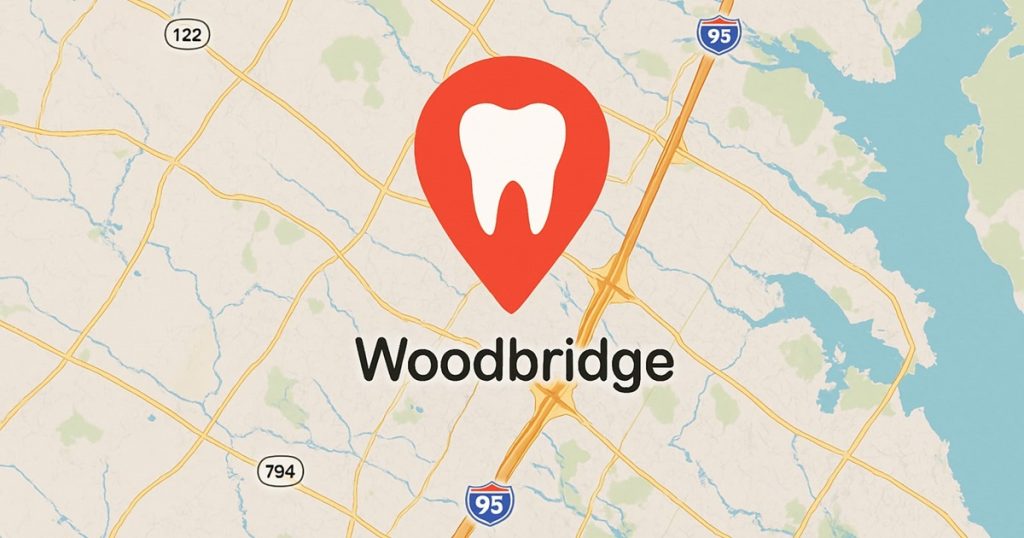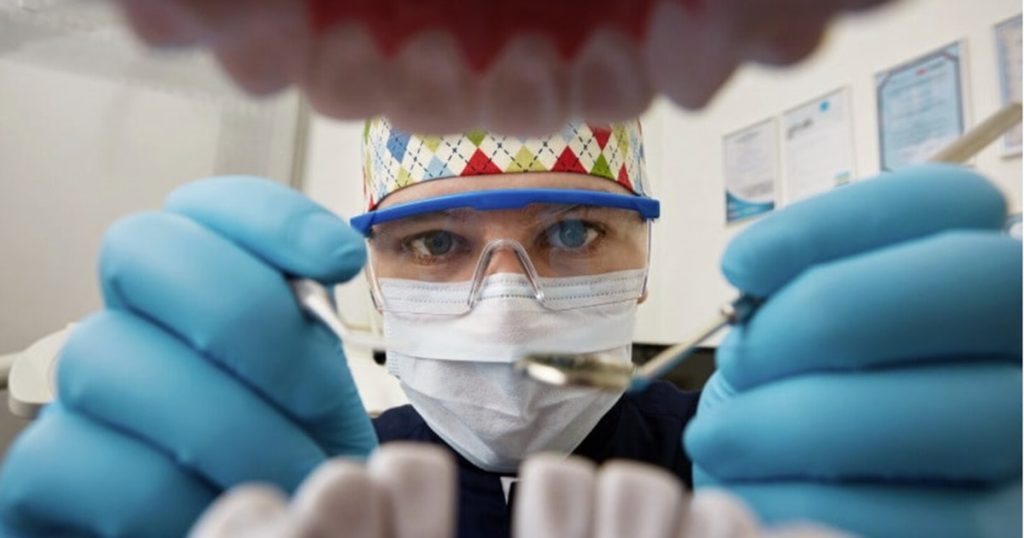Do implants fix crooked teeth? Dental implants are fixed replacements for missing or badly damaged teeth and cannot straighten crooked teeth like braces can, as they are permanently set in the jawbone. Braces, on the other hand, are designed to align and reposition your existing natural teeth. While implants don’t realign teeth, they can be part of a larger treatment plan if crooked teeth need to be removed, and they help keep surrounding teeth from shifting by filling gaps. Often, the best approach involves straightening your natural teeth with braces first, then using implants to replace any missing ones, so always talk to a dental professional to figure out the right plan for your smile.
Can Dental Implants Fix Crooked Teeth?
Dental implants are used to replace teeth that are missing, rather than straightening teeth that are crooked but still capable of being straightened. They are static once placed in the jawbone and will not move. When the dental implant is placed, it becomes the root of the tooth and does not move. Therefore, we cannot expect that the implant will straighten the teeth around it or move into position during orthodontic treatment.
That being said, in some very special circumstances where one or more teeth are crooked or out of alignment and need to be extracted, the doctor may place an implant, sometimes even same day dental implants, as a means of replacing the tooth once the overall position of the jaw and teeth is corrected. So, implants will not straighten crooked teeth, but can be a part of a treatment plan to achieve a better appearance and function for your teeth.
Dental Implants vs. Braces for Crooked Teeth
Braces are meant to straighten crooked teeth by applying light, multiple forces to the teeth, thus guiding them to their proper position within the jaw.
Implants are not the same as braces. As you can see, implants are replacement teeth for when teeth are missing or going to be extracted. Dental implants for missing teeth are anchored into the jawbones and are essentially the root of the tooth. In other words, they are fused to the bone, and don’t move — they cannot straighten or align themselves with the surrounding teeth.
So,
- If your teeth are crooked but still alive and well, it is orthodontics.
- If you have teeth that are missing and want to give yourself a better aesthetic and functional mouth, it is implants.
- And sometimes both are necessary; for example, you may have orthodontics to first open the space for an implant, and then place the implant.
Note: You should seek the advice of a dentist or orthodontist to help determine the best route to take for your particular oral/dental conditions.
| Feature | Braces (Orthodontics) | Dental Implants |
| Primary Purpose | Straighten crooked teeth | Replace missing or extracted teeth |
| How They Work | Apply light, multiple forces to guide teeth into position | Surgically placed in the jawbone and fused to the bone |
| Movement | Move and realign natural teeth over time | Do not move; remain fixed once placed |
| Used For | Teeth that are crooked but healthy and present | Teeth that are missing or need to be extracted |
| Anchorage | Attached temporarily to the teeth | Anchored permanently into the jawbone |
| Function in Treatment Plan | Align existing teeth | Replace missing teeth and restore function/aesthetics |
| Possibility of Combination | Can be combined with implants in complex cases | Often placed after orthodontics to fill gaps |
| Professional to Consult | Orthodontist | Dentist, Implantologist, or Oral Surgeon |
Thinking About Implants or Braces? Let’s talk!
Whether you’re missing teeth or want to fix misalignment, we’re here to help with expert advice and advanced treatment options at Woodbridge Smile Centre. From braces to implants, we’ll guide you every step of the way.
How Dental Implants Can Improve Smile Alignment
Even though implants won’t actually straighten crooked teeth, they certainly can help improve the appearance of the smile and align teeth properly. How? Because when teeth are missing, the surrounding teeth may shift position and become crooked. This will not only affect the appearance of your smile, but can also make it harder to close your jaw or even make chewing more challenging. In that case, implants can greatly assist in replacing teeth, thereby maintaining the natural structure of adjacent teeth with healthy gaps. Therefore, while implants are not a direct solution to crooked teeth, they play an important part in restoring, maintaining, and promoting balanced order to your smile.
Not only are they great for creating a beautiful smile, but dental implants can improve oral health and overall function.

Related Article: How Dental Implants Improve Oral Health
When Implants Are a Suitable Option
Whether implants are right for you depends on several factors such as your existing teeth, your gum health, and even the health of your jawbone. But generally, dental implants can be a good option for you when you are missing one or more teeth. In this case, the implant can be put in the gap to prevent other teeth from shifting. Also, sometimes a tooth is so severely damaged (say through severe decay or trauma) or misaligned that correcting it is not an option, cost-wise or time-wise, with orthodontics. In this instance, extracting the tooth and replacing it with an implant may be a superior option for restoring the beauty of your smile and the function of your mouth.
Alternatives to Dental Implants for Crooked Teeth
If the teeth are healthy and simply in the wrong location, you should consider options. Luckily, there are some options for addressing crooked teeth that do not require implants.
1. Traditional (metal) braces
The technology of metal braces has been used for many years to straighten crooked teeth. Metal braces place gradual pressure on the teeth to push and position the teeth into their straight position over time. This method has been used successfully for many years for many different types of moderate to severe malocclusions.
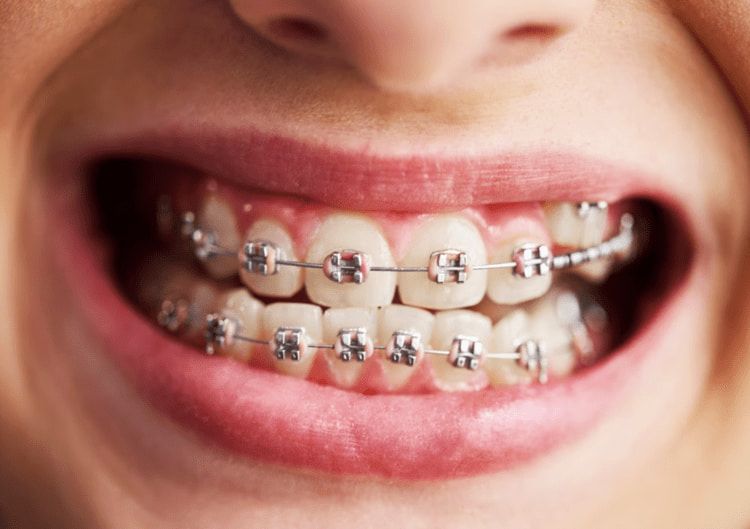
2. Ceramic braces
Ceramic braces are similar to metal braces but are simply less visible. Some individuals and parents of children pursuing orthodontics like this type since the obviousness of the metallic treatment is minimized.
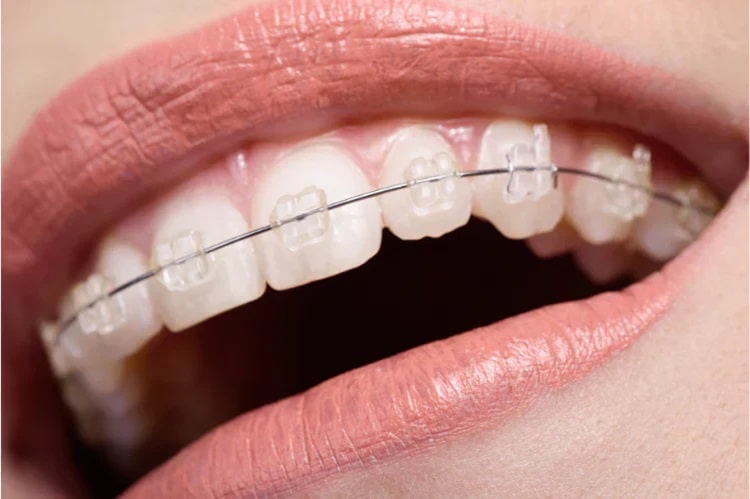
3. Clear aligners (Invisalign)
Invisible aligners can be a great option for those wanting less visible and comfortable treatment. Aligner therapy is removable and is typically appropriate for mild and moderate malalignments.

4. Orthodontics and implants together (when appropriate)
In some cases, a tooth is extracted, and the space is filled with an implant. In these cases, orthodontics is done first to straighten the teeth before the placement of the implant to finish the smile design.
Ultimately, the best way to straighten your teeth comes down to the severity of the crooked teeth, your age, your oral health, and your expectations. You should seek the professional opinion of an orthodontist or dentist for more specific advice.
Sum up
While implants fix crooked teeth might sound like a simple solution, dental implants actually serve to replace missing or severely damaged teeth; they do not straighten crooked teeth like braces do.
Looking for a full-arch solution to missing teeth? Check out our All-on-4 Dental Implants to learn about this advanced, stable alternative for a complete smile restoration.
FAQs
Can dental implants fix crooked teeth?
No, implants were not intended to straighten crooked teeth, and they are not meant to straighten crooked teeth. Dental implants are replacement teeth – they are not natural teeth and, unlike your natural teeth, they won’t be moved or repositioned because you can’t straighten an implant with orthodontic treatment
Can I straighten my teeth with implants?
Dental implants cannot replace your natural teeth. However, if some of your teeth are allowed to be pulled or are lost, resulting in the rest of your teeth being out of alignment, the implant may be a means of regaining the alignment of your teeth and accomplishing a natural-looking smile.
Can dental implants be realigned?
No, they cannot be placed in another position once they have fused to the jawbone. If the implant is placed incorrectly or crooked, it would be removed and then replaced by a dentist. This is why planning is so important and should be done before placing the implant.
What happens if a dental implant is crooked?
Again, it depends on the degree of crookedness, but your doctor may choose to remove the implant and reposition or replace it with a new one. In some instances, a crown (implant cap) can be fabricated for the final restoration to account for the crookedness, but if the implant base itself is crooked, some other serious correction would have to be performed.
Got Questions About Implants or Braces? Ask away! Leave your questions or thoughts below, and our dental experts will join the conversation to help you understand your best options.


